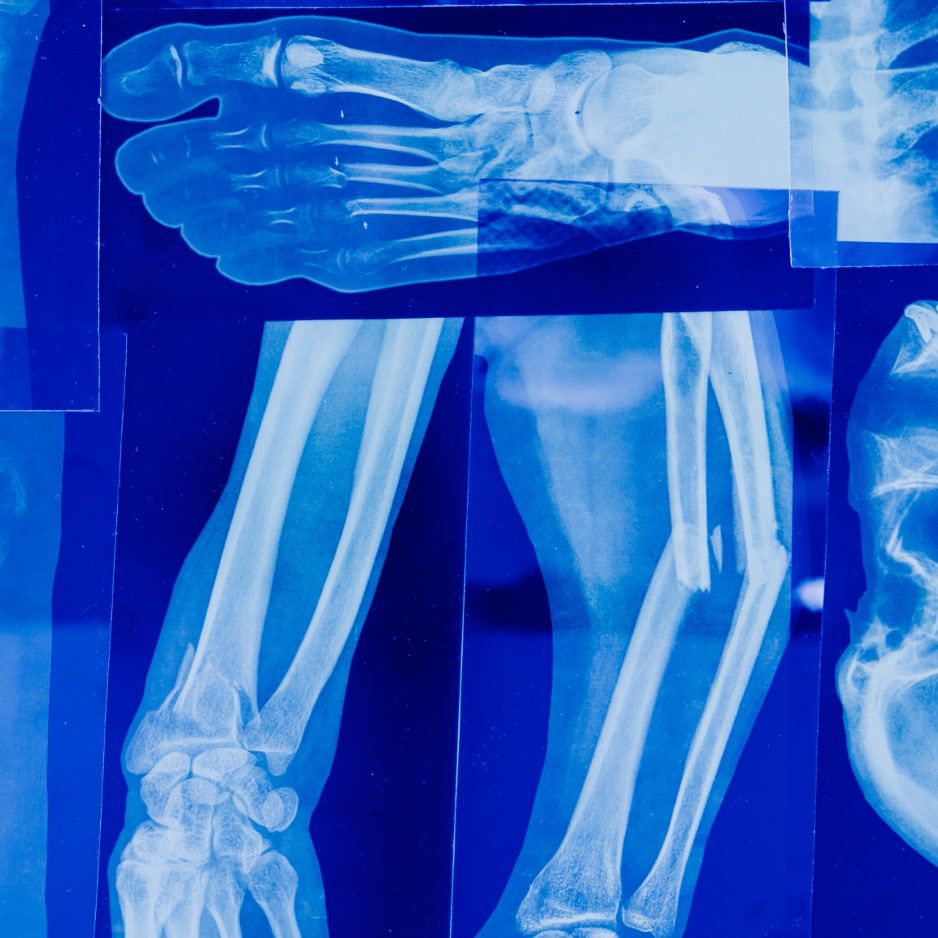A Guide to Female Muscle Growth

Learn about female muscle growth, the differences between male and female muscle growth, the role of a healthy diet in female muscle growth, and the use of BodySpec DEXA Body Fat Scans to identify muscle growth. This article covers everything you need to know about building muscle as a woman.
Get weekly updates.
Female Muscle Growth:
Building muscle is not just for men. Women can also benefit from strength training and building lean muscle mass. However, many women are hesitant to lift weights or perform other forms of resistance training due to the misconception that it will make them bulky. In reality, building muscle can help women achieve a toned and athletic physique while also improving their overall health and fitness.
What are the differences between female and male muscle growth?
There are several key differences between female and male muscle growth. Women typically have lower levels of testosterone, which is a hormone that plays a critical role in muscle building. This means that women may not be able to build muscle as quickly or to the same extent as men. Additionally, women tend to carry more body fat than men, which can make it more difficult to see visible muscle definition.
However, women can still build muscle effectively with proper training and nutrition. Women may also have some advantages over men when it comes to muscle endurance and recovery. Some other differences between female and male muscle growth include:
- Women tend to have a higher proportion of type I muscle fibers, which are more suited to endurance activities.
- Men typically have a greater muscle mass and larger muscle fibers, which can make it easier for them to build strength.
How important is a healthy diet for female muscle growth?
A healthy diet is critical for female muscle growth. Women who want to build muscle need to consume enough protein to support muscle repair and growth. This typically means consuming around 0.8-1.2 grams of protein per pound of body weight per day. Women should also focus on consuming plenty of nutrient-dense foods, including fruits, vegetables, whole grains, and healthy fats.
In addition to protein, women also need to consume enough calories to support muscle growth. This means eating enough to fuel their workouts and provide the energy their bodies need to build muscle. Women who are trying to build muscle may also benefit from taking certain supplements, such as creatine or beta-alanine.
How do BodySpec DEXA Body Fat Scans help identify female muscle growth?
BodySpec DEXA Body Fat Scans are a valuable tool for identifying muscle growth in women. The scans can accurately measure body composition, including the percentage of body fat, lean mass, and bone mineral content. By tracking changes in body composition over time, women can see if they are making progress toward their muscle-building goals. The scans can also help identify areas where muscle growth is occurring, which can be helpful for adjusting training and nutrition plans.
Article Highlights:
- Women can also benefit from building muscle through strength training and resistance exercises.
- Women may not be able to build muscle as quickly or to the same extent as men due to lower levels of testosterone.
- A healthy diet that includes enough protein and calories is critical for female muscle growth.
- BodySpec DEXA Body Fat Scans can accurately measure body composition, track changes over time, and identify areas of muscle growth.
Sources:
Women's Health. (2017). 5 Major Muscle Differences Between Men and Women. Women's Health. https://www.womenshealthmag.com/fitness/a19920723/male-vs-female-muscles/
Harvard Medical School. (2020). Strength training builds more than muscles. Harvard Health Publishing. https://www.health.harvard.edu/staying-healthy/strength-training-builds-more-than-muscles
Helms, E.R., Aragon, A.A., & Fitschen, P.J. (2014). Evidence-based recommendations for natural bodybuilding contest preparation: nutrition and supplementation. Journal of the International Society of Sports Nutrition, 11, 20. PubMed. https://pubmed.ncbi.nlm.nih.gov/24864135/
BodySpec. (n.d.). DEXA Body Composition Scan. BodySpec. /blog/post/what_are_dexa_scans
Janssen, I., Heymsfield, S.B., Wang, Z.M., & Ross, R. (2000). Skeletal muscle mass and distribution in 468 men and women aged 18-88 yr. Journal of Applied Physiology, 89(1), 81-88. PubMed. https://pubmed.ncbi.nlm.nih.gov/10904038/


